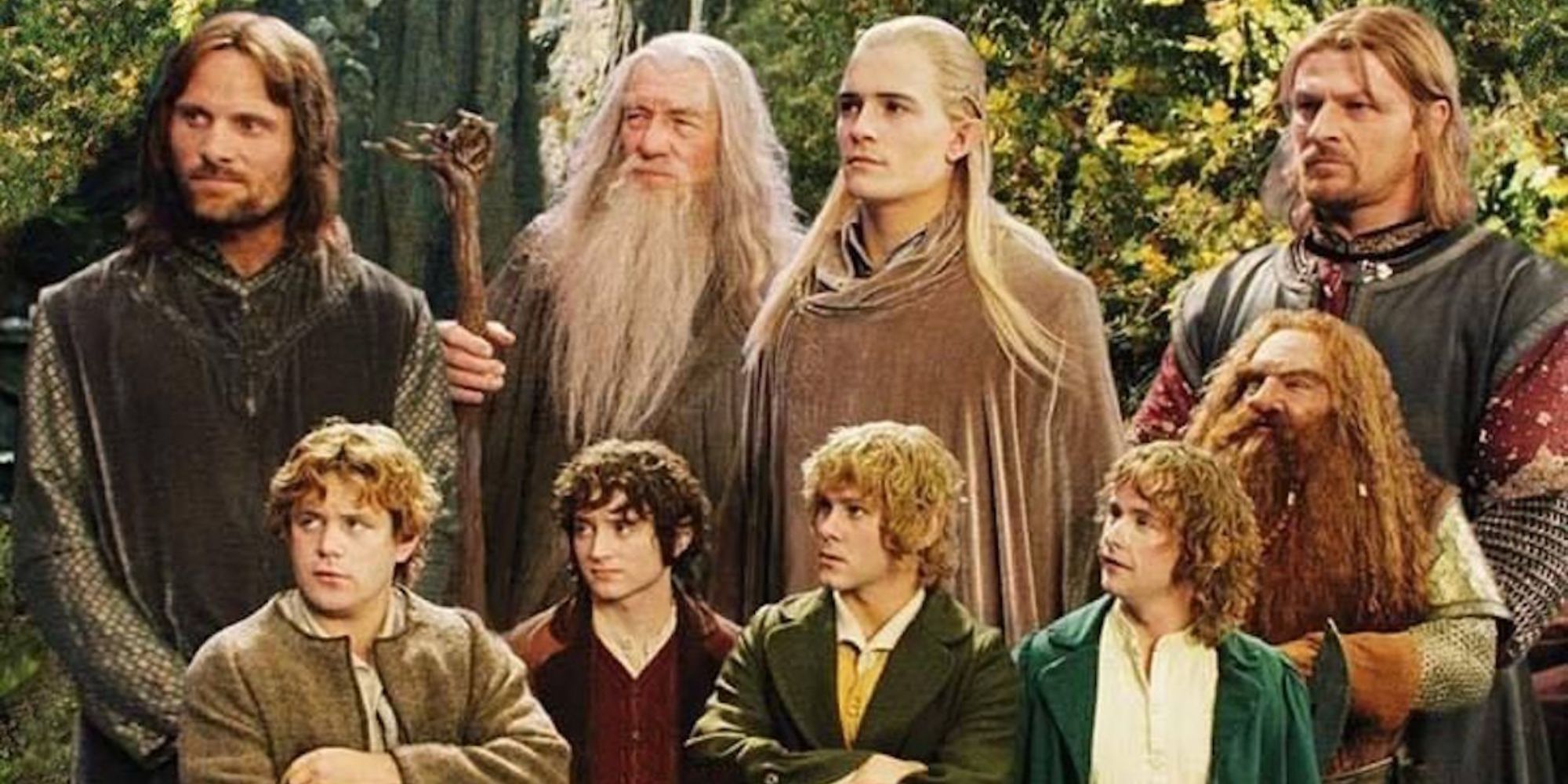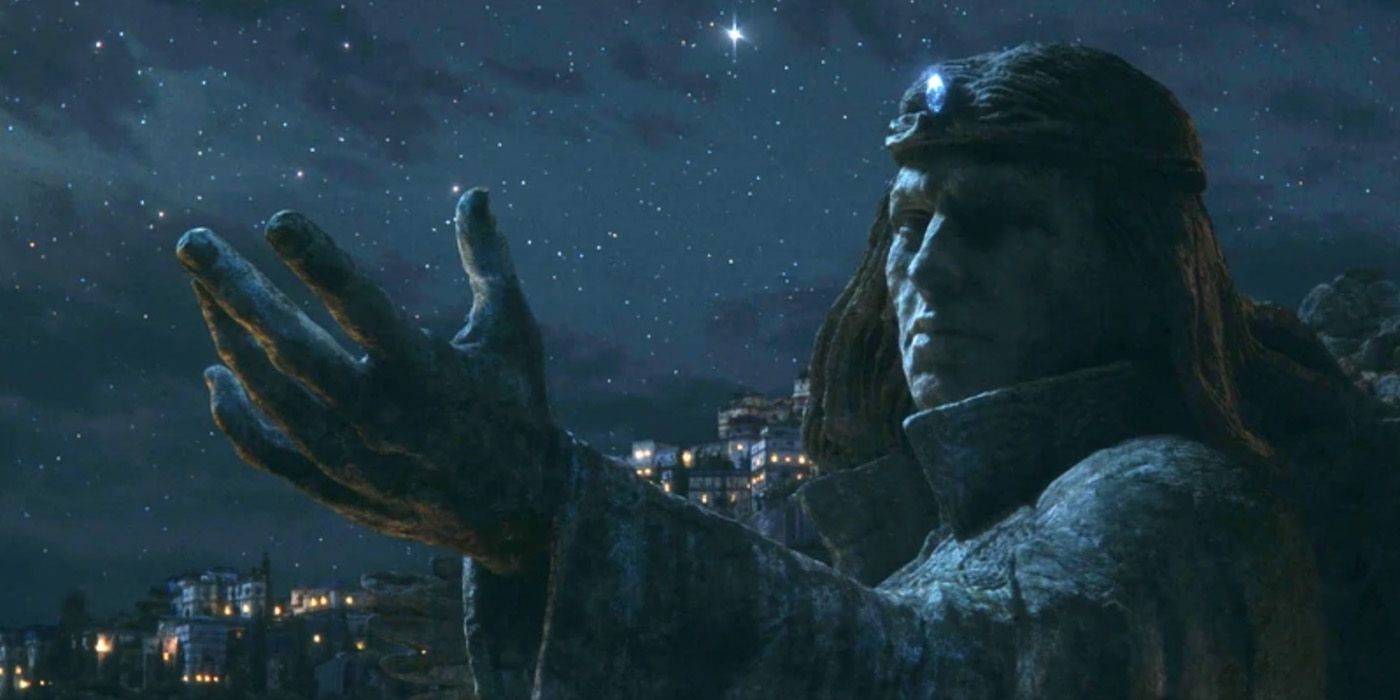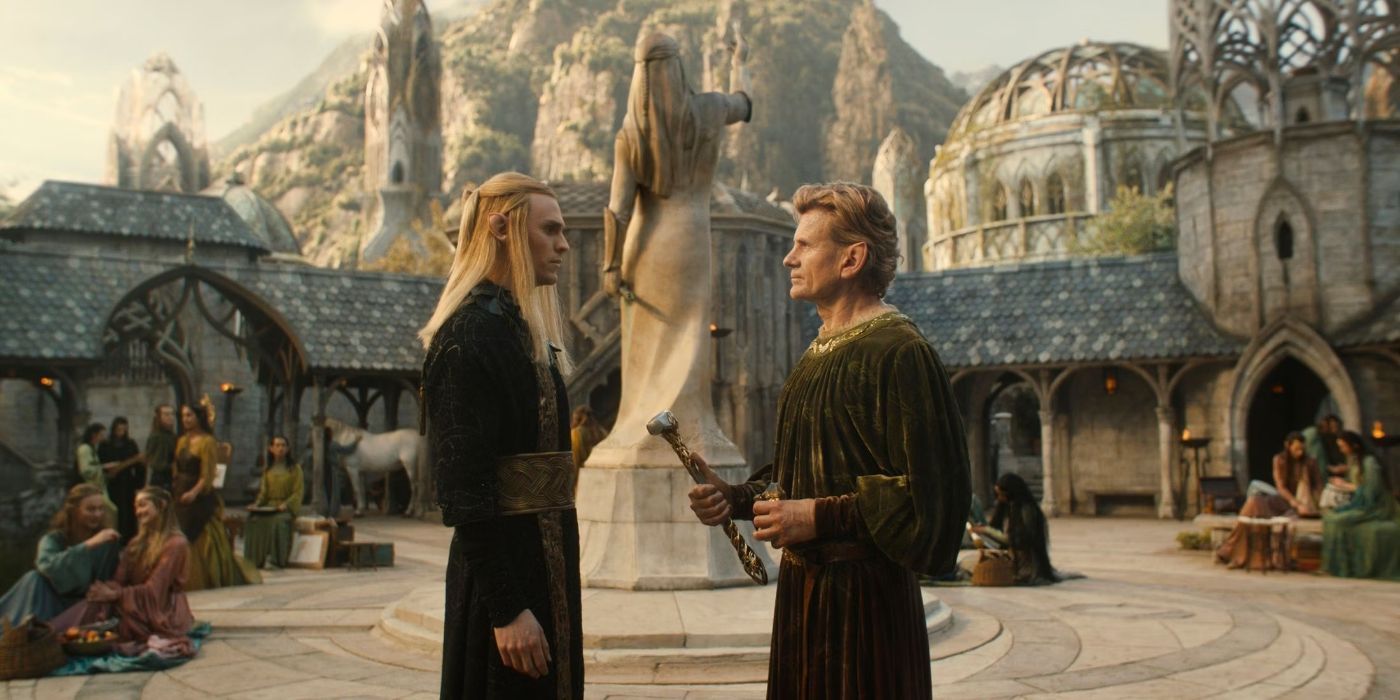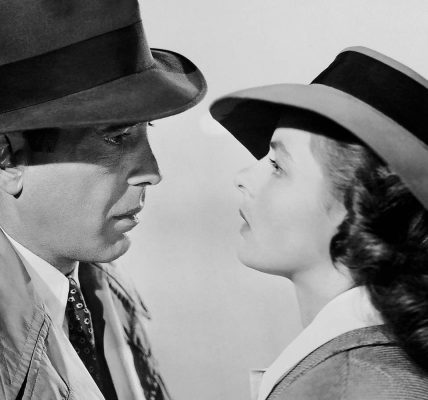Exploring the high-fantasy realm crafted by J.R.R. Tolkien, particularly his captivating world of Middle-earth, often leads us to focus on the intricate details and landscapes mapped out in his stories. However, there’s a vast expanse beyond those maps that invites curiosity and speculation. While The Lord of the Rings showcases countless elements within Tolkien’s expansive legendarium, the existence of other planets in his universe is a thought-provoking topic that many may not have considered. Although Tolkien’s writings primarily focus on Middle-earth, he acknowledged that there are additional celestial bodies within the cosmos he created, known as Eä. This intriguing aspect opens up a realm of possibilities regarding the nature of life and existence beyond what is commonly recognized in Tolkien’s narratives.
Discover the Other Planets Named by J.R.R. Tolkien in Eä
Within Tolkien’s expansive legendarium, several realms are explicitly acknowledged. Arda represents our Earth, forming the foundation of what is known as the Seen World, while the Unseen World encompasses the mystical and supernatural forces that predate the creation of sentient beings such as Men, Elves, and Dwarves. Beyond the boundaries of Eä lies the Timeless Halls, reminiscent of a celestial Heaven, and the Timeless Void, akin to a state of “everlasting darkness” similar to the Christian concept of Hell, to which the original Dark Lord Morgoth was exiled. Within the known universe, however, there are other planets that Tolkien envisioned. According to The Book of Lost Tales, Tolkien not only conceived of these celestial bodies but also ascribed names to them, which are detailed in the tenth volume of The History of Middle-earth compiled by his son, Christopher Tolkien, titled Morgoth’s Ring.
So, what are the names of these planets? In the Sindarin language, which is a dialect of Elvish, Tolkien identified them as Silindo, Carnil, Elemmire, Luinil, Lumbar, and Nenar. These planets presumably correspond to our own solar system’s Jupiter, Mars, Mercury, Uranus, Saturn, and Neptune, respectively. Interestingly, the Book of Lost Tales also refers to Jupiter as Morwen. The reason for this duality in naming is unclear; however, it’s evident that Tolkien had a purpose behind every name he created. It?s essential to note that none of these celestial entities are mentioned elsewhere in Tolkien’s broader body of work or lore, and they do not play a significant role in the overarching narrative of Middle-earth. This is not particularly surprising, considering that celestial bodies generally do not influence the daily lives of the beings within the stories. Given the complex history of conflict woven into Middle-earth, there is little narrative room to delve into the exploration of other worlds.
Unveiling the Significance of Venus in Tolkien’s Cosmos and Middle-earth History
Interestingly, even factoring in Arda/Earth, the planets named by Tolkien only represent seven out of the eight planets found in our solar system. If we include Pluto, which often gets overlooked, that leaves Venus as the only planet unaccounted for. This is particularly intriguing given Venus’s proximity to Earth. However, various sources indicate that Venus is more intricately woven into the historical tapestry of Tolkien’s legendarium than the other planets. Specifically, it has profound connections to the Elves of the First Age, a time period in Middle-earth’s history that can sometimes appear murky compared to the more defined narratives of later Ages.
1:30
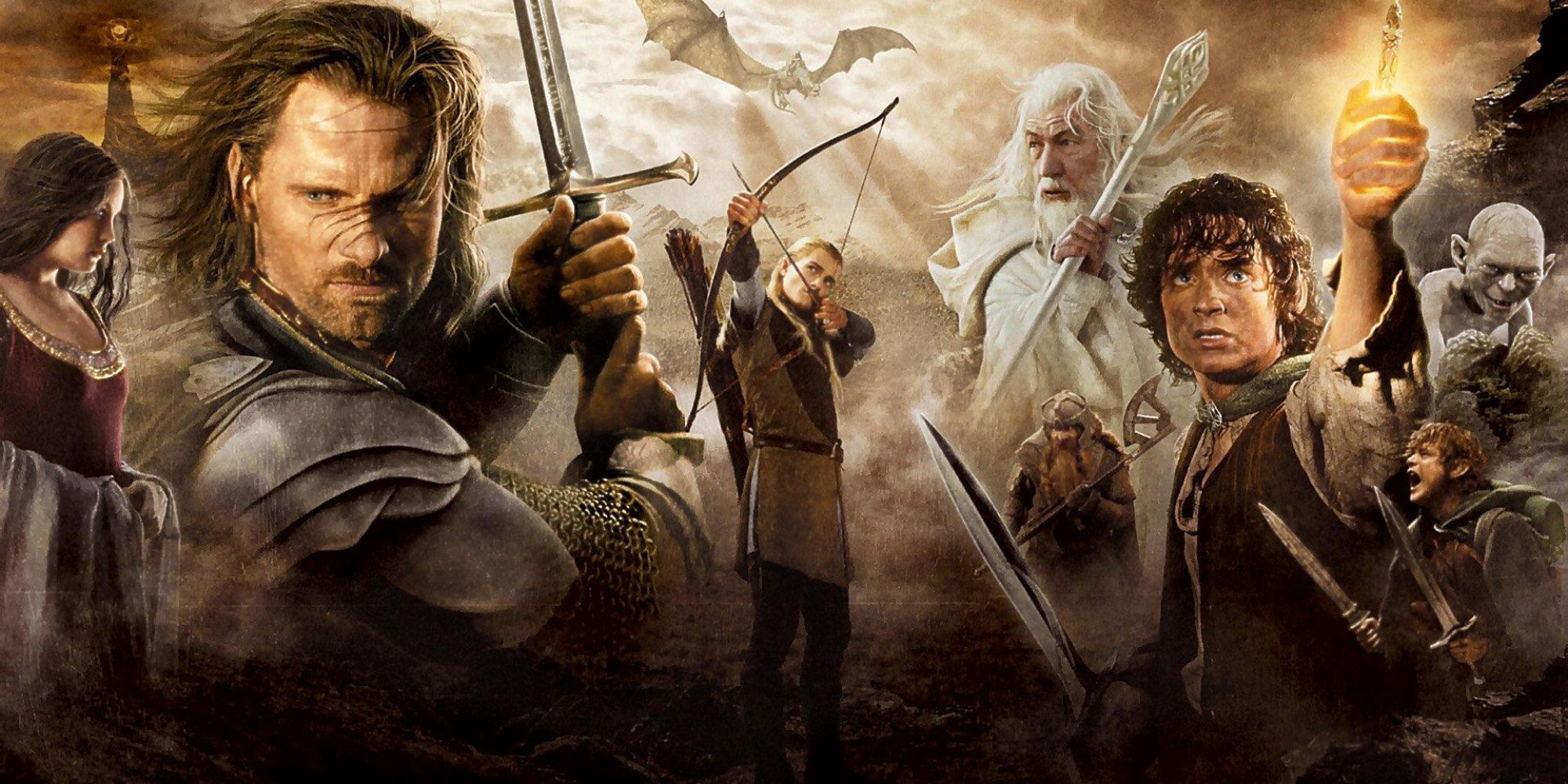
Related
The Lord of the Rings Adaptation Tolkien Hated
One does not simply rewrite J. R. R. Tolkien.
In Letter 297 of The Letters of J.R.R. Tolkien, the author shares insights regarding Eärendil the Mariner. He describes how Eärendil sailed a piece of the Silmaril into the cosmos, an event referenced in The Fellowship of the Ring and elaborated upon in Tolkien’s other writings. This luminous fragment, known as the Star of Eärendil or Gil-Orestel, is synonymous with the planet Venus. Once elevated into the night sky, it shone brightly as a “morning star” for centuries, ultimately becoming recognized as Venus in later ages. This reveals a fascinating truth: a Silmaril possesses the power to give rise to an entire planet within the framework of Elven legend, highlighting that Venus’s existence in Eä is intrinsically linked to Eärendil’s actions. Eärendil himself is a pivotal character, known as the father of both Elros and Elrond, foundational figures in Númenor and Rivendell, respectively.
J.R.R. Tolkien Constructed Arda as an Ancient Version of Earth
Tolkien’s meticulous inclusion of the primary planets (with the exception of Pluto) in his high-fantasy universe stemmed from his ambition to narrate an alternative history that parallels our own. He believed in a profound connection between Middle-earth and our reality, which led him to embed certain truths and reflections within his storytelling. In Letter 165, Tolkien expressed that, ?though I have not attempted to relate the shape of the mountains and land-masses to what geologists may say or surmise about the nearer past, imaginatively this ‘history’ is supposed to take place in a period of the actual Old World of this planet.? This suggests that in Tolkien?s universe, Arda and Earth are effectively interchangeable, as they represent the same realm.
In another correspondence, Letter 221, written in 1958, Tolkien further elaborated on humanity’s place in the narrative of Middle-earth. He estimated that the gap between our world and his imagined history is approximately 6000 years, suggesting we are at the end of the Fifth Age. He speculated that if the Ages were of similar duration to the Second and Third Ages, we could be at the end of the Sixth Age or even in the Seventh. This perspective provides a fascinating glimpse into how Tolkien interconnected our history with his fantastical world. While he crafted a story filled with magic and myth, the relationship between his universe and our reality?akin to C.S. Lewis’s linkage of The Chronicles of Narnia to human history through the concept of a multiverse?enhances its authenticity and allure.
Future Initiatives and Expansions in The Lord of the Rings Universe
While it is true that J.R.R. Tolkien will not be penning additional stories set in the realm of Middle-earth (the author passed away in 1973), the enduring legacy of The Lord of the Rings continues to thrive. Beyond the critically acclaimed Peter Jackson trilogies, the Middle-earth universe is expanding in the 21st century. Currently, The Lord of the Rings: The Rings of Power, a controversial prequel series on Prime Video, has aired two seasons, with additional seasons in development. Furthermore, 2024 witnessed the release of the anime prequel film The Lord of the Rings: The War of the Rohirrim. Another exciting project in the works is a live-action prequel film titled The Lord of the Rings: The Hunt for Gollum, developed by Andy Serkis and produced by Jackson, set for release in 2026. This continuous evolution of Tolkien’s universe ensures that the magic of Middle-earth

